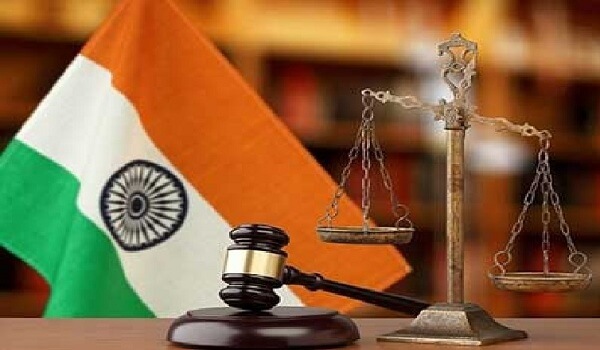President of India advocated for All India Judicial Service (AIJS) to enhance diversity in the judiciary by increasing representation from marginalized social groups.
All India Judicial Service
- AIJS is a proposed centralized recruitment system for judges at the level of additional district judges and district judges across all states.
- AIJS aims to centralize the recruitment of judges, similar to the Union Public Service Commission (UPSC) model, assigning successful candidates to states.
- Originating from Law Commission reports in 1958 and 1978, AIJS seeks to address structural issues like varying pay, faster vacancy filling, and standardized nationwide training.
- The idea was revisited in 2006 by the Parliamentary Standing Committee, supporting a pan-Indian judicial service.
Constitutional Basis
- Article 312 of the Constitution provides for the establishment of AIJS, similar to central civil services, upon a resolution by the Rajya Sabha supported by at least two-thirds of its members.
- However, Article 312 (2) states that the AIJS cannot include any post inferior to that of a district judge, as defined in Article 236.
- According to Article 236, a district judge can include a city civil court judge, additional district judge, joint district judge, assistant district judge, chief judge of a small cause court, chief presidency magistrate, additional chief presidency magistrate, sessions judge, additional sessions judge, and assistant sessions judge.
Need
- AIJS would ensure a uniform and high standard of selection and training of judges, enhancing the quality and efficiency of the judiciary.
- AIJS would fill the vacancies of judges in the lower courts, which are presently around 5,400 vacant positions in lower judiciary across the nation and pendency of 2.78 crore cases in lower judiciary primarily due to inordinate delay in holding regular exams by states.
- AIJS would increase the representation and diversity of judges from different regions, genders, castes, and communities, reflecting the social composition of the country.
- AIJS would reduce the scope for judicial or executive intervention in the appointments to the judiciary, ensuring the independence and accountability of the judges.
- AIJS would create a pool of talented and experienced judges who can be appointed to the higher judiciary, improving the career prospects and mobility of the judges.
Current Status
- As of 2023, there is no consensus on AIJS due to diverging opinions among major stakeholders.
- The AIJS proposal remains an unimplemented initiative, highlighting the challenges in achieving consensus for its establishment.
District Judges Recruited Currently
- The current system involves Articles 233 and 234 granting states the authority over the appointment of district judges, managed through State Public Service Commissions and High Courts, since HCs exercise jurisdiction over the subordinate judiciary in the state.
- Panels of HC judges interview candidates after the exam and select them for appointment.
- Article 233 deals with the appointment of district judges. Appointments of persons to be, and the posting and promotion of, district judges in any State shall be made by the Governor of the State in consultation with the High Court exercising jurisdiction over such State.
- Article 234 deals with the recruitment of persons other than district judges to the judicial service.
- All judges of the lower judiciary up to the level of district judges are selected through the Provincial Civil Services (Judicial) exam. PCS (J) is commonly referred to as the judicial services exam.

